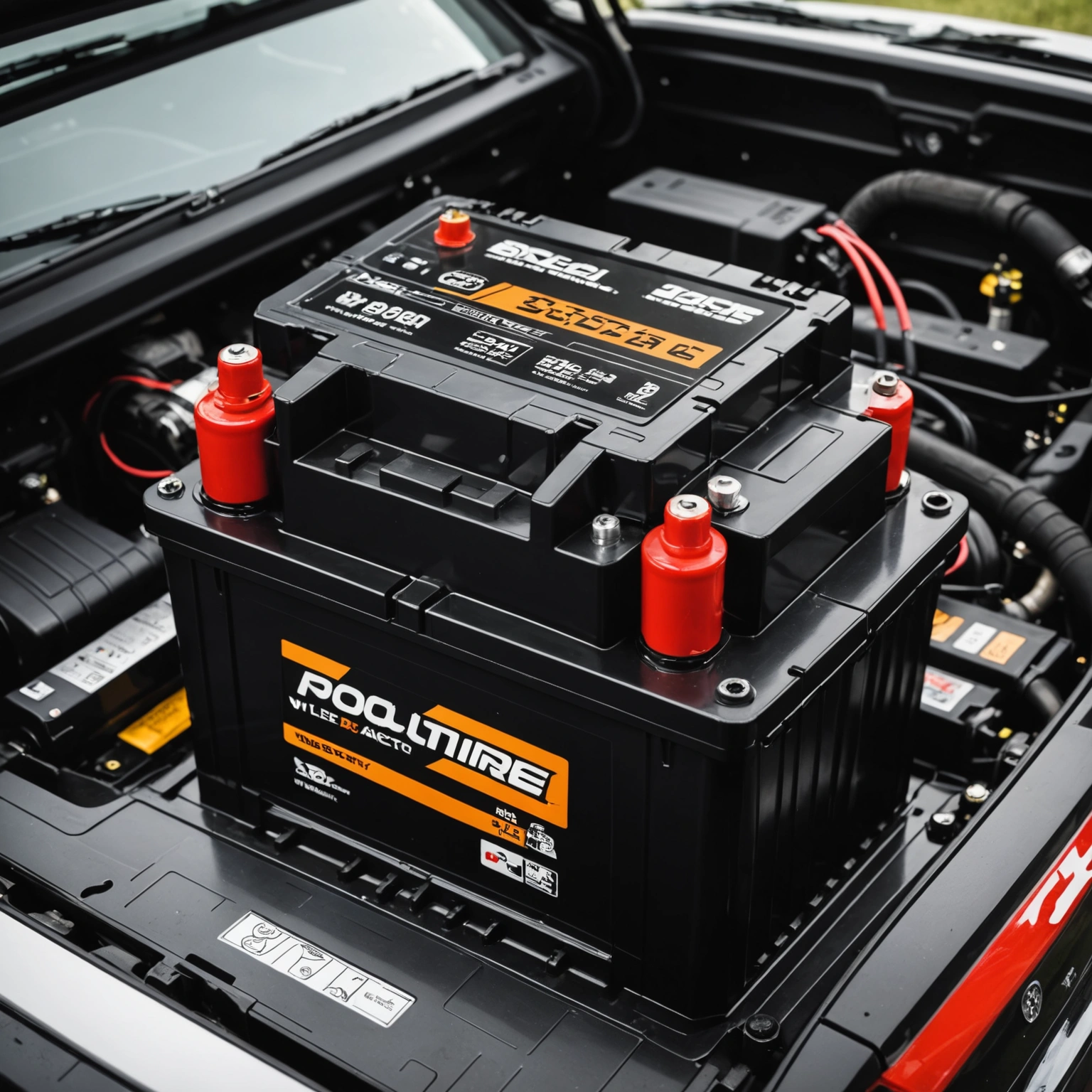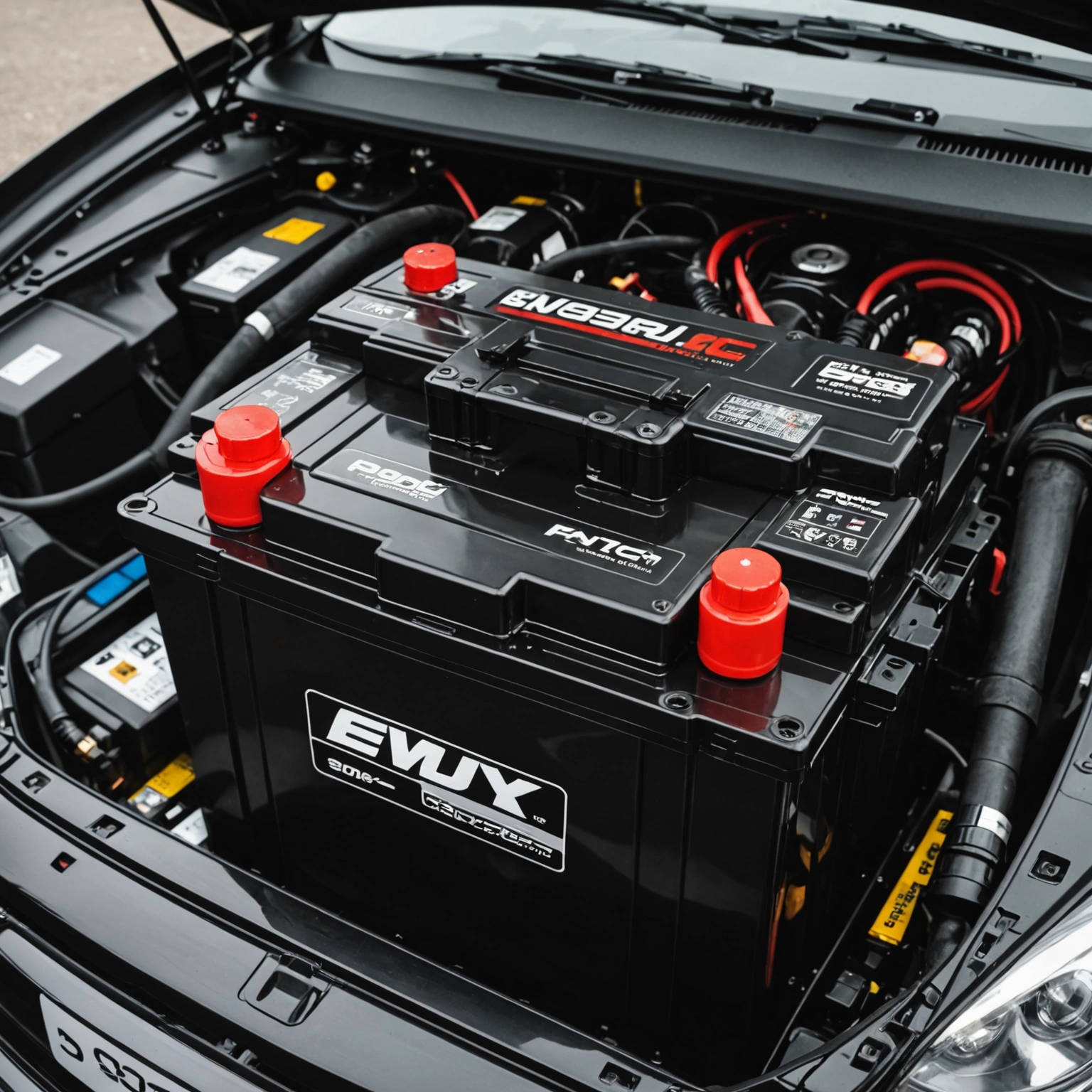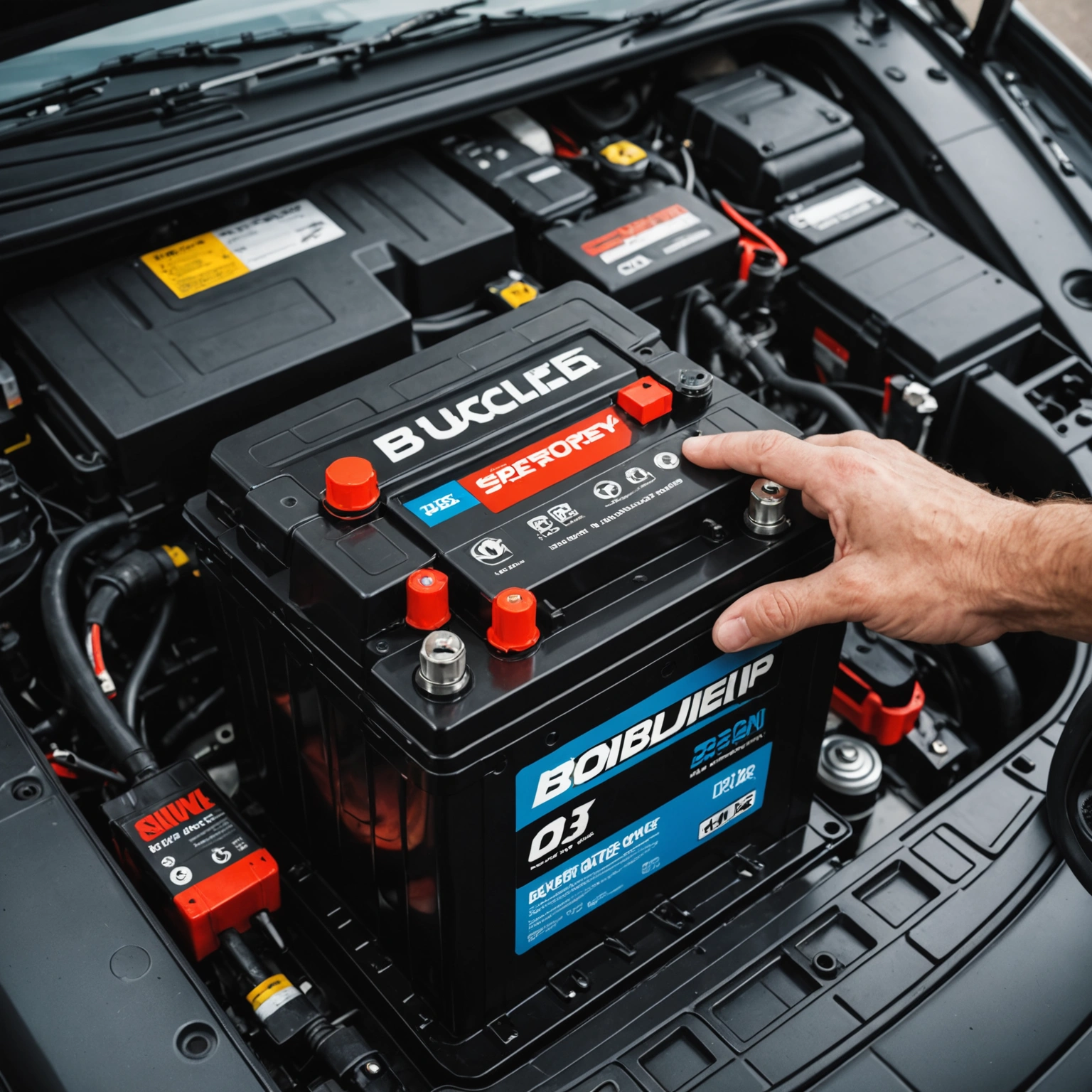**What Size Battery Does My Car Take? A Complete Guide**
When it comes to maintaining your vehicle, choosing the right battery size is crucial for optimal performance and longevity. Whether you’re replacing an old battery or upgrading for better power, understanding how to determine the correct size can save you time and money.

### Why Is Battery Size Important?
A car battery’s size impacts its fit, capacity, and performance. An incompatible battery can lead to issues like starting failures, electrical problems, or even damage to your vehicle’s electrical system. Therefore, selecting the proper size ensures reliable operation and safety.

### How to Find Out What Size Battery Your Car Needs
1. **Check Your Owner’s Manual**

The most straightforward way is to consult your vehicle’s owner’s manual. Manufacturers specify the recommended battery group size, which includes specifications like dimensions, terminal placement, and capacity.
2. **Look at the Existing Battery**

The current battery will have a label indicating its group size (e.g., 35, 24F, 94R). The group size is part of the Battery Council International (BCI) standard, which categorizes batteries based on physical size and terminal location.
3. **Use Online Tools and Resources**
Many auto parts stores and battery manufacturers offer online lookup tools. By entering your vehicle’s make, model, and year, you can find the correct battery specifications.
4. **Consult a Professional**
If in doubt, a trusted mechanic or auto parts specialist can help identify the right battery size for your vehicle.
### Common Battery Group Sizes
Here are some frequently used battery group sizes and what they typically mean:
– **Group 24/24F:** Common in midsize sedans; offers moderate capacity and cold cranking amps.
– **Group 35:** Popular for compact cars; fits many Honda, Toyota, and Ford models.
– **Group 48 (also known as H6 or L3):** Often used in SUVs and larger sedans.
– **Group 94R:** Used in some European vehicles; features reversed terminal positions.
– **Group 94R/95R:** For larger vehicles requiring higher capacity.
*Note:* The same group size can have different ratings (CCA, Ah), so always verify the required cold cranking amps and reserve capacity.
### Additional Tips
– **Check Terminal Placement:** Ensure the positive and negative terminals are in the correct position to match your vehicle’s cable routing.
– **Consider Capacity and CCA:** Choose a battery with sufficient cold cranking amps (CCA) for your climate and driving needs.
– **Match Physical Dimensions:** Ensure the new battery fits securely in the tray and connects properly without modification.
### Final Thoughts
Finding the right size battery for your car is essential for reliable starting, electrical system health, and safety. Always refer to your vehicle’s specifications or consult with a professional if unsure. Regularly inspecting and maintaining your battery can extend its lifespan and keep your vehicle running smoothly.
**Remember:** When replacing your battery, always wear safety gear and disconnect the negative terminal first to prevent electrical shorts.
—
**Need help identifying your battery size?** Contact your local auto parts store or mechanic with your vehicle details, and they’ll assist you in finding the perfect fit!

